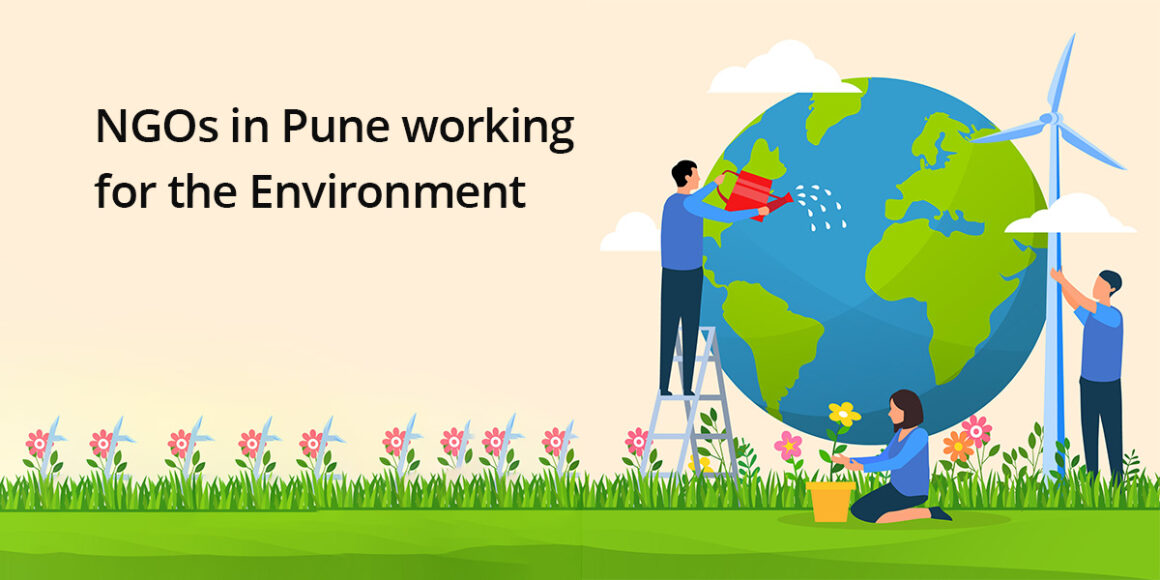
While governments negotiate carbon cuts and industries chase green credentials, a quieter revolution is underway across India—led by environmental NGOs restoring ecosystems, empowering communities, and holding polluters accountable. From cleaning lakes to protecting tigers and forests, these groups are not just watchdogs, but the real warriors building India’s sustainable future. Here’s a deep dive into their roles, impact, and ongoing challenges.
Policy Advocacy & Legal Intervention
In India’s development-versus-ecology battle, NGOs have become vital legal voices for the environment.
Organizations like Kalpavriksh and Vanashakti have filed public interest litigations (PILs) to halt destructive mining projects in ecologically sensitive regions like the Western Ghats—often winning time for biodiversity to breathe.
Meanwhile, Centre for Science and Environment (CSE) and Greenpeace India have flagged loopholes in Environmental Impact Assessments (EIAs), like those at Mundra Port, pushing for transparency and stronger compliance.
“Development without ecological checks is a disaster in disguise,” states an activist from Kalpavriksh. “Our job is to ensure that laws protect not just profits, but also people and the planet.”
Monitoring & Public Awareness
Environmental activism thrives on information—and NGOs are making that data visible.
Groups like the Awaaz Foundation campaign against noise pollution, firecracker harm, and illegal sand mining—while also pushing for policy change. Others conduct independent air and water quality audits, as seen in Guwahati, where NGOs partnered with local authorities to assess and rejuvenate Dighalipukhuri Lake.
By translating raw data into actionable insights, these organizations empower citizens and municipalities to act on environmental decay.
Community-Led Restoration & Rewilding
Restoration isn’t just about planting trees—it’s about reviving entire ecosystems. NGOs are leading the charge.
Take the Environmentalist Foundation of India (EFI)—they’ve cleaned 185 lakes across India with the help of over 60,000 volunteers, reviving aquatic ecosystems and groundwater levels.
In Rajasthan, efforts to restore the Desert Rock Park have transformed barren land into native plant sanctuaries, attracting birds and insects back to the region. Uttarakhand’s grassroots organizations have planted over 1 million trees, reviving entire watersheds.
These aren’t isolated efforts—they’re blueprints for community-powered rewilding.
Wildlife Rescue & Human-Animal Conflict Management
As India’s urban sprawl collides with wilderness, wildlife protection takes center stage.
Wildlife SOS is a lifeline for animals caught in human habitats—rescuing everything from injured sloth bears and elephants to leopards and snakes. Their 24/7 rescue operations work in tandem with forest departments, and their expertise often supports anti-poaching raids.
Meanwhile, Wildlife Conservation Trust (WCT) operates in 160 protected areas, using camera traps, data analysis, and training for forest rangers to safeguard tigers, pangolins, and otters.
“Wildlife doesn’t need saving—it needs space and safety,” says a WCT field biologist. “We’re just helping humans remember that.”
Biodiversity, Seed Sovereignty & Indigenous Knowledge
Few understand India’s rich agro-ecological heritage like Navdanya, founded by Dr. Vandana Shiva.
Navdanya’s work includes community seed banks, training farmers in organic practices, and battling biopiracy. Their legal interventions against patents on neem and basmati rice preserved India’s rights to indigenous resources.
Likewise, the Vindhyan Ecology & Natural History Foundation conducts scientific biodiversity surveys to advocate for protected zones—like sloth bear habitats in Uttar Pradesh—linking science with activism.
These organizations are fighting for climate resilience, food security, and cultural continuity.
Marine & Coastal Restoration
Ocean health has found a powerful ally in Animal Warriors Conservation Society (AWCS).
Along Andhra Pradesh’s coast, AWCS has removed:
- 26 tonnes of ghost nets
- 5,455 kg of marine debris
Their efforts not only restored marine habitats but also doubled local fishermen’s incomes by reducing net entanglement and fish mortality.
This community-inclusive approach to marine conservation proves that sustainability and livelihoods can go hand-in-hand.
Capacity Building & Decentralized Governance
Some NGOs focus less on trees and more on people who protect them.
ATREE (Ashoka Trust for Research in Ecology and the Environment) prepares the next generation of environmental scholars and field experts, offering training that merges science, policy, and local governance.
Other groups partner with tribal and forest-dwelling communities, ensuring their traditional knowledge is integrated into forest rights, wildlife corridors, and conservation plans.
These efforts make sure local ownership remains at the heart of ecosystem stewardship.
The Bigger Picture: Why Environmental NGOs Matter
| Role | Impact |
|---|---|
| Legal Guardians | Strengthen environmental laws and halt harmful projects |
| Ecosystem Restorers | Rewild habitats, clean wetlands, plant forests |
| Awareness Drivers | Translate complex science into community action |
| Wildlife Protectors | Rescue animals, mitigate conflicts, track biodiversity |
| Seed Guardians | Safeguard indigenous crops and farmer rights |
| Capacity Builders | Train researchers, empower locals, bridge governance gaps |
Final Thoughts: Grassroots Guardians of India’s Green Future
India’s environmental NGOs are more than support systems—they’re strategic anchors in our sustainability roadmap. They blend scientific rigor, legal acumen, and cultural empathy to protect what matters most: our natural world.
As climate change accelerates and ecological stress deepens, these organizations remain indispensable to India’s survival and progress. But they need more visibility, funding, and policy backing to scale their impact.
“If climate action is urgent, then empowering our NGOs is non-negotiable,” says an environmental researcher from Pune. “They are our green vanguards.”
Frequently Asked Questions (FAQs)
Q1: Are environmental NGOs effective in India?
Yes—many NGOs have played pivotal roles in stopping environmentally harmful projects, restoring ecosystems, and educating the public.
Q2: Which NGO has planted the most trees in India?
Multiple NGOs like those in Uttarakhand, Navdanya, and EFI have led large-scale afforestation, with Uttarakhand-based groups crossing 1 million trees.
Q3: How can I support these NGOs?
Most accept donations, offer volunteering opportunities, or share actionable content on their websites and social platforms.
Q4: Can NGOs influence national policy?
Absolutely. Groups like CSE, Kalpavriksh, and Greenpeace have submitted EIA critiques and filed PILs that influenced national regulation.
FOR MORE BLOGS – beyondthepunchlines.com

 Add to favorites
Add to favorites








